Where Do Elaborately Patterned Seashells Come From?
Do you like exploring beaches and taking leisurely strolls along the seashores? Do you like collecting colorful and elaborately ...
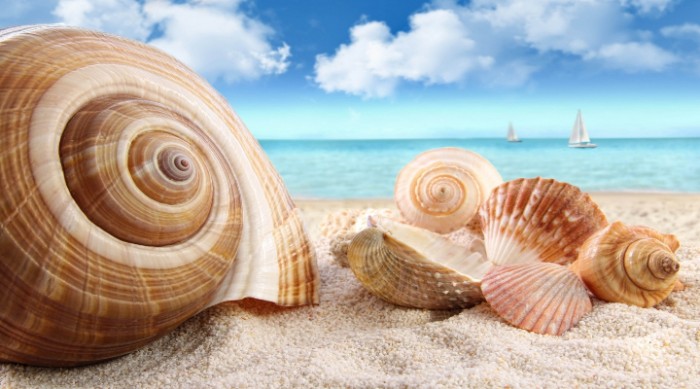
Do you like exploring beaches and taking leisurely strolls along the seashores? Do you like collecting colorful and elaborately patterned seashells? If you do, you’re not alone.
The seashells are nothing but a hard, external protective layer created by various sea invertebrates. Found in varied sizes, shapes, and colors, these seashells get deposited by the tide on seashores. The shells of these animals are empty because when they die out, the soft parts of their body are either consumed by another animal or rots away and only the hard shell remains.
Have you ever wondered- from where do these beautiful seashells come? So if you have been curious but never got to know, then find out here.
The Crusty, Vivid Sea Shells of Mollusks, Crustaceans & Other Sea Animals
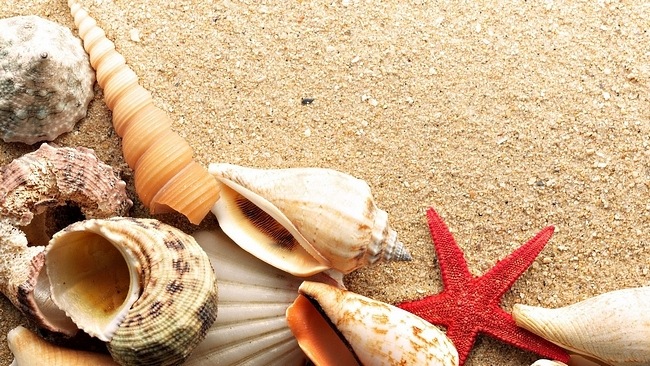
Seashell is a term mostly used for referring to the exoskeleton of a marine animal without a backbone (invertebrate). The shells discovered on seashores are of marine mollusks (oysters, clams, snails etc.) as their shells tend to endure much more than seashells of others.
Other than mollusk shells, the shells found on beaches are of barnacles, horseshoe crabs and brachiopods. The annelid worms create calcareous tube-like shells which are cemented onto other surfaces. ‘Exuviae’ are moulted shells of crabs and lobsters. ‘Tests’ are shells of sea urchins. Though seashells are predominantly external, but cephalopods have internal shells as well.
What are Sea Shells Composed of & How are They Formed?
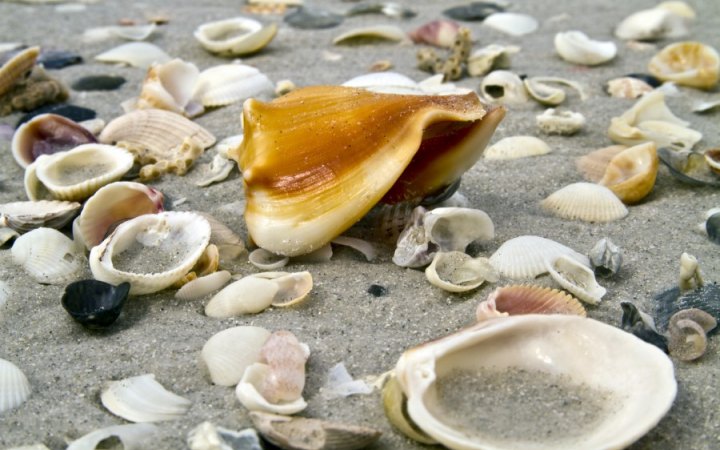
Made of calcium carbonate, these shells are known to have three different layers with protein, not more than 2%. Unlike the animal’s characteristic anatomy, they aren’t made of cells. The mantle tissue lies beneath the shell and secretes proteins & minerals outside in order to form the shell. Seashells tend to grow bottom-up by the addition of material at the margins.
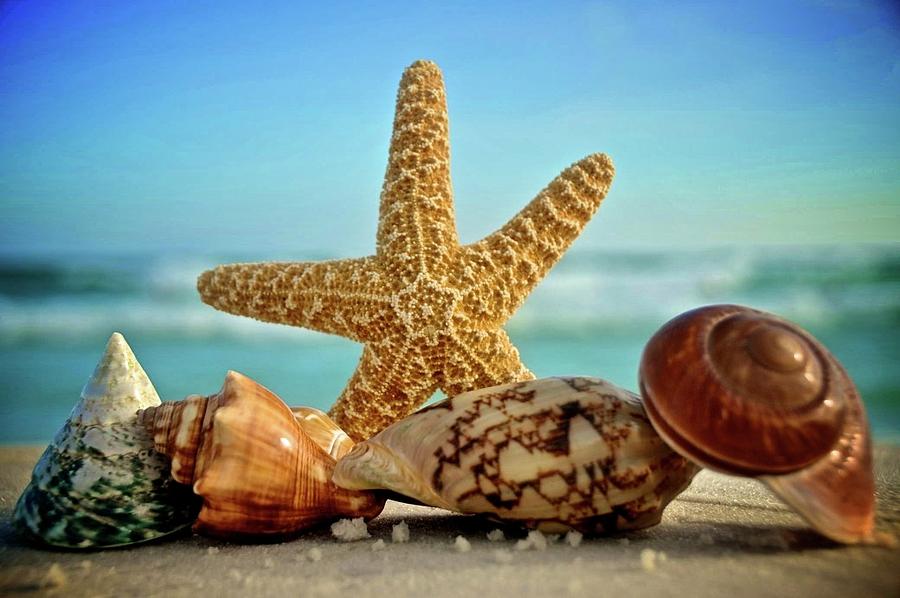
As the exoskeleton does not get shed, the molluscan shells are supposed to expand so that it can allow proper body growth. Such type of growth leads to formation of three different shell layers of which one is uncalcified and two are calcified.
Both Dead & Living Seashells of Shellfish are Found in the Beach Drift
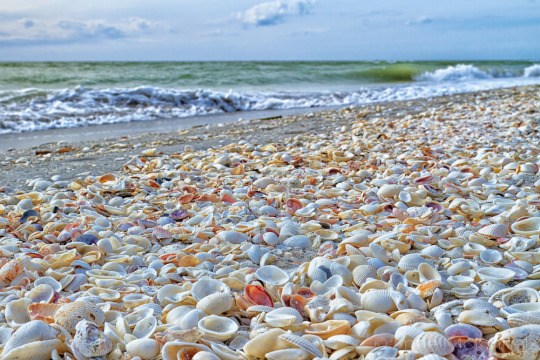
Predominantly found in beach drift, the empty seashells often get carried away by waves or tides and deposit along the strandlines on beaches after being. The beachcombers pick them up and use the dead or living shells (which are killed) for commercial purposes.
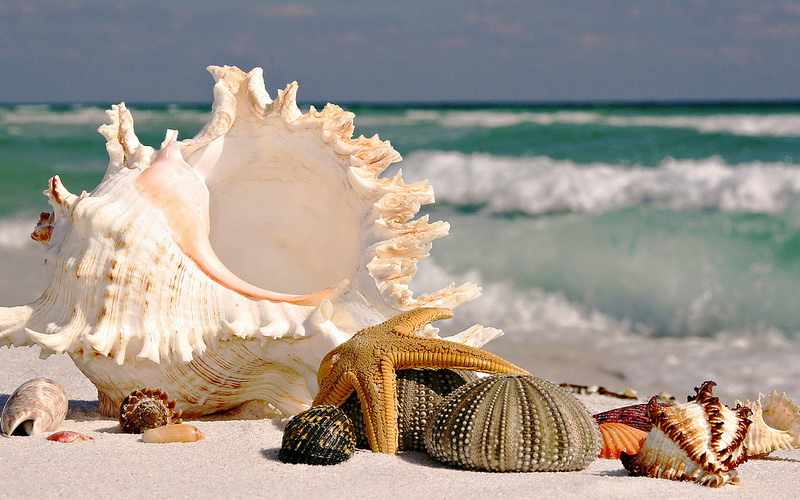
A large number of marine creatures make shells to protect them from the fishes and from the force of the water. These sea animals without the backbone are also called shellfish. When they die, their body either gets eaten by some other animal or is eventually dissolved leaving behind the empty shell only. So the shell becomes lighter in weight and gets to the shore by the waves.
And in certain cases, when parts of the inshore are dug deeper, several small seashells are discovered on the Earth. When these little sea creatures die, their shells fall along the seabed and are eventually covered with layers of mud.
Popular Posts
20 Most Powerful Goddess Names In Mythological World
From Gaia to Kali; every goddess in mythologies have a prominent role to create or restore the balance in nature and the universe.
Kimberly Campbell
21 Gods & Goddesses of Destruction, Death & Underworld
This list showcases the Gods of death, the Underworld, and destruction: from the Egyptian God of Death- Anubis, who was recognized as a man with a jackal head, to the Hindu God of Death- “Yama,” who took the records of each person’s death. But Thanatos was the personified spirit of non-violent death.
Rupesh Chhabra
14 of the Renowned Gods and Goddess of Healing & Medicine
No wonder, the God of healing and magical tradition allied to it, never failed to surprise people especially in ancient times. Let’s discover some of God and Goddess of healing and their amazing contribution.
Rupesh Chhabra








